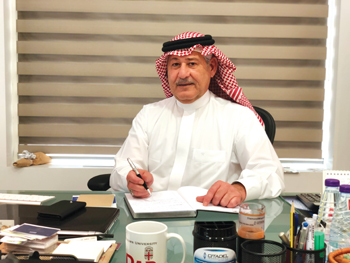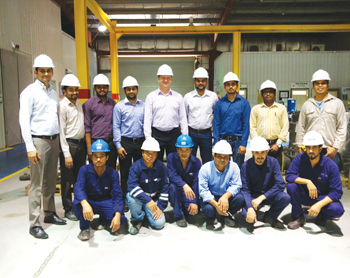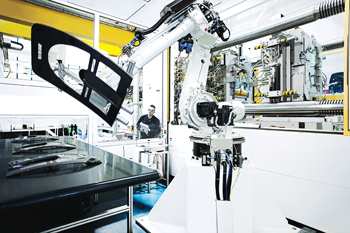
State-owned Saudi Aramco and Saudi Basic Industries Corp. (Sabic) plan to sign a memorandum of understanding by the end of this year to construct a $20 billion oil-to-chemicals (OTC) facility, Sabic’s CEO says.
'On the OTC project, we have moved to a point and hopefully by the end of this year we should be able to sign our JV principle with Aramco, and that’s really a good milestone to move the project onto the right track, and that will be a very important piece on how to plan to push this project for 2018 and beyond,' Yousef Al Benyan, vice chairman and CEO of Sabic, says in Riyadh.
By next year, discussions related to the threshold conversion factor of the OTC project would be held, he added, with Aramco to determine the percentage that would be technologically feasible and profitable for the firms.
The project, the first joint venture between Saudi industrial giants Aramco and Sabic, is aimed at adding value to the kingdom’s hydrocarbons. Aramco has been expanding downstream in recent years, both in refining and petrochemicals, as it seeks to enhance its integrated oil business model.
The exact location of the complex is still unknown. Asked if the technology used in the OTC project existed, Al Banyan declined to comment on specifics, only stating that Sabic was in the process of recording its research in the field, which was developed internally. According to industry sources, the project has been facing delays mainly due to technological issues.
More broadly on Sabic’s strategy, Al Benyan says the firm is actively seeking expansion opportunities, which may include acquisitions in China, North America and Europe to supplement its organic growth plans. Ideally, the petrochemical giant, which is listed in Riyadh, would like to enter joint ventures in which the firm would be able to operate the facilities.
Due to the energy reform strategy the kingdom is currently undergoing, prices feedstock and energy costs have increased, putting pressure on downstream profitability. Al-Benyan says that Sabic is working to limit exposure to these price fluctuations by using various types of feedstock.
































































































.jpg)


